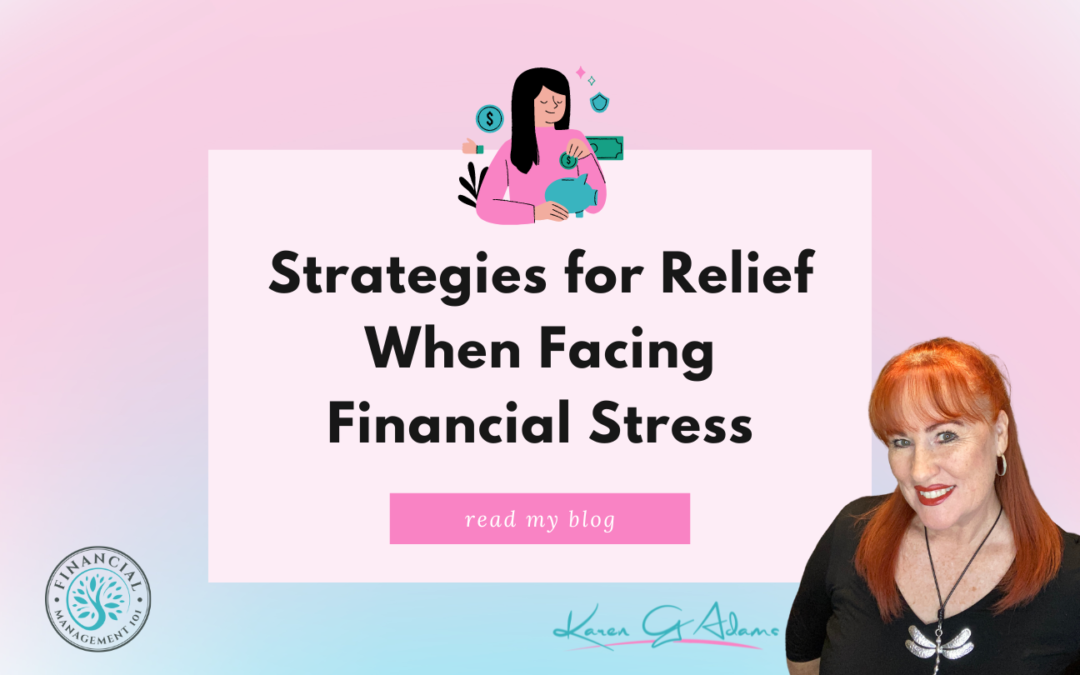
Strategies for Relief When Facing Financial Stress
In today’s fast-paced world, financial burdens can be overwhelming. Whether dealing with debt, managing daily expenses, or saving for the future, these challenges can be extremely stressful. However, with the right strategies, it is possible to overcome these obstacles and achieve financial stability. Here, we will look at practical ways to manage and alleviate financial stress.
1. CREATE A BUDGET AND STICK TO IT
The cornerstone of financial health is a well-planned budget. Start by tracking your income and expenses to understand where your money is going. This will help you identify unnecessary expenditures and areas where you can cut back. A budget gives you control over your finances and prevents overspending.
2. BUILD AN EMERGENCY FUND
One of the best ways to buffer against financial stress is by having an emergency fund. Aim to save enough to cover at least three to six months of living expenses. This fund can be a lifesaver in unexpected situations like job loss or medical emergencies, preventing the need for high-interest loans.

3. TACKLE HIGH-INTEREST DEBTS
High-interest debts, such as credit card balances, can quickly spiral out of control. Prioritise paying off these debts by focusing on the ones with the highest interest rates first. Consider debt consolidation or refinancing options if they can lower your interest rates and make payments more manageable.
4. INCREASE YOUR INCOME
Sometimes, cutting expenses isn’t enough. In such cases, look for ways to increase your income. This could mean asking for a raise, taking on a part-time job, or turning a hobby into a source of income.
5. SEEK PROFESSIONAL ADVICE
If you’re struggling to manage your finances, don’t hesitate to seek help from a financial advisor. They can provide personalised advice suited to your financial situation and help you develop a plan to overcome your financial burdens.
6. EMBRACE A MINIMALIST LIFESTYLE
Taking a minimalist approach can help to reduce financial stress. This doesn’t mean living without essentials, but rather focusing on what you truly need and value. It can lead to significant savings and a less materialistic, more fulfilling life.
Conclusion
Overcoming financial challenges necessitates a combination of practical strategies and a mental shift. By implementing these strategies, you can lead a financially secure and stress-free life. Remember that small steps can lead to big results, so start today and take control of your financial future.
















